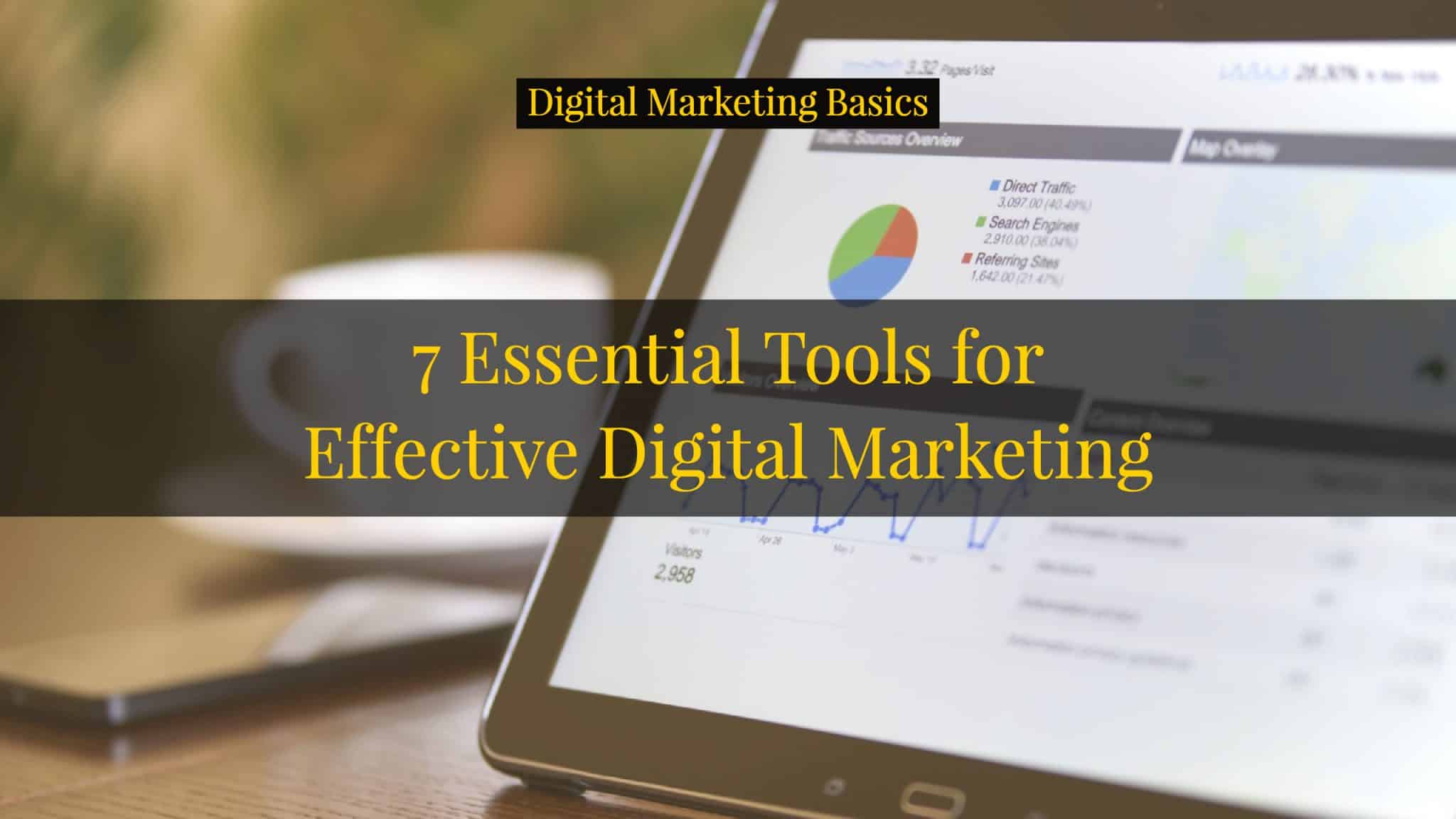Digital marketing not supported by any analytics is weak and ineffective. If you rely on guesswork and assumptions, then your recommendations will not hold any water. While many metrics exist, these 5 metrics will give you advantage over those who only measure beginner-level metrics or those who do not measure anything at all.
Visit-Lead Ratio
This metric involves two numbers in order to measure properly – visits of your website(s) and the number of leads you gained. The Visit-to-lead Ration is also called the Lead Conversion Ratio. Over time, this metric tells you how effective you are in converting your visitors to leads.
V-L Ratio = Leads / Visits x 100%
Visits to your web properties are the most basic metric you need to know. If you do not know how, just Google it. Of course, this means you have to install an analytics software like Google Analytics on your website.
The other number that holds key to this ratio is the number of leads generated for the period. You can include offline and online leads in your report. Over time, if you are doing effective digital marketing, your online leads will overtake your offline leads.
And just to make sure we are on the same page, a lead is a contact that you have information of. The more you know, the better you can qualify the lead. At least, you should be getting their email addresses. Lastly, just in case you are not gathering leads, well, now you know you have to.
Lead-Customer Ratio
The next metric you have to start measuring is the Lead-to-Customer Ratio. It uses the leads generated for the period and another number, the customers gained or closed for the period. Over time, this metric shows how effective is closing the leads handed off by marketing.
L-C Ratio = Customer / Leads x 100%
Customers are those whom you close for the period. To make it consistent, only count them as customers when they either pay or ink a contract with you. Just make sure you are consistent all throughout because if you suddenly change your definition, it makes you appear like you are gaming to system to make you look good.
Average Revenue per Customer
This metric is a great one especially when you get into analytics and start reporting on perceived values brought in by marketing. (HINT: Future topic)
Ave. Revenue per Customer = Total Revenues for the period / total number of customers for the same period
Depending on how your organization is setup, you might have to get the data from multiple people (or departments). In some cases, you can determine the number by yourself. But generally, the value comes from sales or accounting.
Again, it is better to define your metrics properly and be consistent. You can simply average all revenues on a given period and divide it by the total customers you have. If you want to be more specific, break it down per SKU or per product to really make sure outliers are taken out of the computation. This brings in a more accurate report.
Cost per Lead
This metric tells you how effective marketing is performing and how well they are using their budget. There is no standard here and differs from one company to another. A high cost per lead (CPL) can mean you are spending too much or not generating enough leads. On the other hand, a low CPL could mean you are not investing enough in your marketing efforts or really had a great month and got a ton of leads.
CPL = Total Costs for the Period / Leads Gained for the Period
Customer Acquisition Cost
Customer Acquisition Cost (CAC) is another metric that is great to measure. It is well-known that acquiring new customers is more costly than tapping onto your existing ones. That is why this number has to be monitored to see how effective you (or your sales team) closes a customer given a specific budget. Just like the CPL, this differs depending on what happens. But as with all other expenses, the smaller the number, the better it is for you, your team and your company.
CAC = Total Expenses for the Period / Total Customers Closed for the Period
These are the basic metrics every marketer should be measuring if he wants to be considered effective. There are other metrics to look at, other ways to interpret them and how they affect your business. That is the beauty of effective digital marketing. It goes deeper and deeper. Did I miss any? Let me know in the comments!




